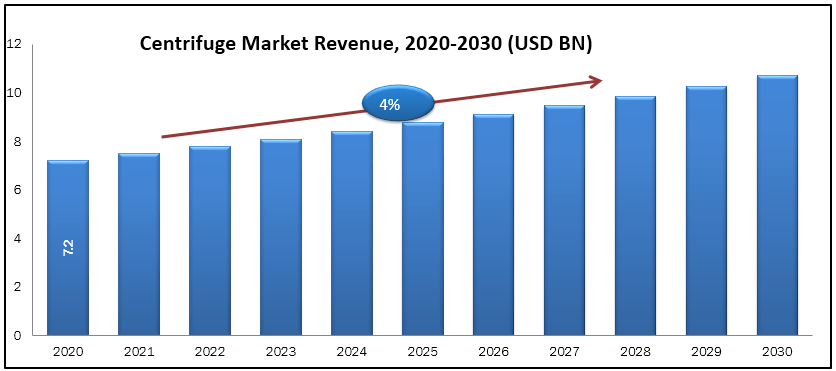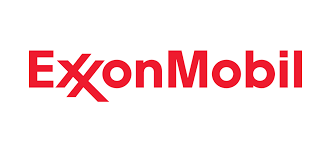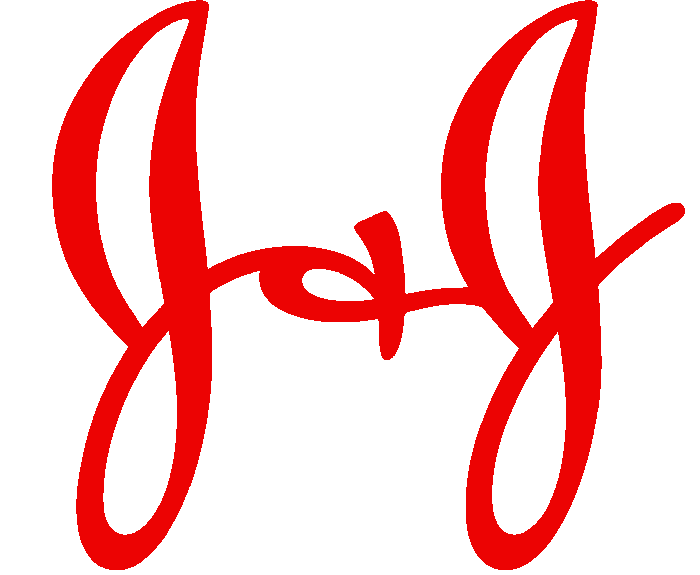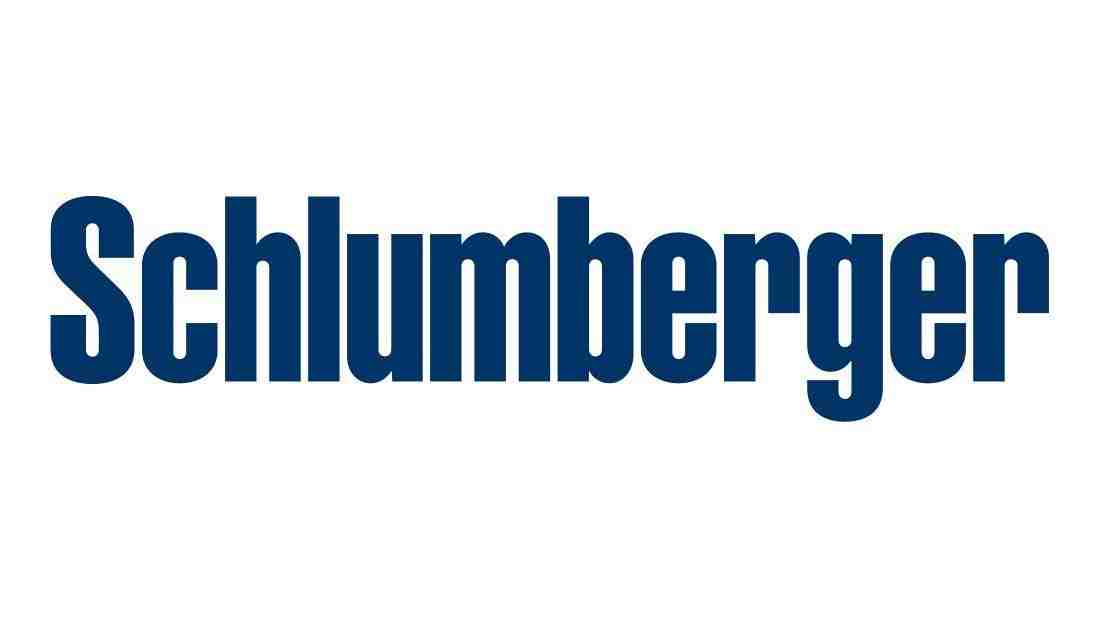laboratory centrifuge market size will grow from USD 7.2 Billion in 2020 to USD 10.7 billion by 2030, and the market will propagate at an estimated CAGR of 4%. It is a segment of laboratory equipment, powered by an electric motor, which puts an object in revolutions around a fixed shaft, causes a force vertical to the object which can be very strong. Laboratory centrifuges work by the principle of sedimentation just like the rest of its type, where the centripetal acceleration is used to separate substances of greater and lesser density. This principle is used to separate the several constituents present in the liquid sample. Laboratory centrifuge requires sample tubes, the rotation around fixed axis causes denser particles to settle to the bottommost of the tube, while low-density substances rise to the top. This tool is widely used in many laboratories like chemistry, biotechnology and other labs for innumerable research activities like purification of cells, subcellular organelles, viruses, nucleic acids and proteins. It can be used to separate blood components, DNA/RNA isolation, cell culture separation, and other purposes such as virology, peptides and polymers. Moreover, it can be used to prepare a specimen, new molecule development in drug discovery, and analysis of foreign particles.
Market Segmentation:
Based on the product, the laboratory centrifuge market is divided into equipment and accessories. On the basis of the type the market is categorized into desktop and floor standup centrifuge. In regard to the type of rotor used, the market is segmented into swinging bucket rotors, fixed-angle rotors, vertical rotors and others. Referring to the nature of work the market is characterized by general, clinical and preclinical. Based on the application, the market has been segmented as diagnostics, microbiology, genomics, proteomics, blood component separation, biochemistry and nanotechnology research. On account of the end-user, the market is classified into biotechnology, hospitals & pharmaceutical companies, research institutes and academic. On the basis of the distribution channel, the market is segmented into online and offline. On the basis of geography, laboratory centrifuge market is divided into North America, Asia Pacific, Europe, and RoW.
Market Dynamics and Factors:
Evaluate Pharma in 2018 report suggests an increase in worldwide pharmaceutical R&D spending and also indicates that overall R&D spending is expected to grow by 3% each year, reaching roughly 203.9 USD billion by 2024. This investment also led to an increase in biopharmaceutical research activity where the market is growing. Additionally increasing occurrence and events of diseases rising the research activities in the area of life sciences and biotechnology. Moreover, technological advancements like refrigeration, high-speed and compactness in a centrifuge are also driving the laboratory centrifuge market in positive direction. Considering these factors, there is an escalating demand for all types of the centrifuge. On the other hand, centrifuge has a long life span if maintained properly it can last up to 25 years, which reduces the revenue of laboratory centrifuge market players. These are expensive instruments the high cost of these instruments can be attributed to their complex design, rotors, and microprocessors. Ultracentrifuges are among the most expensive equipment. Sometimes centrifuge if not handled carefully, may release hazardous aerosols in surroundings. The University of Minnesota stated that almost 80% of cases in which lab employees acquired a disease were attributed to the production of harmful aerosols in laboratories. Further acting as a major challenge for the laboratory centrifuges market in the future. Apart from this, its accessories are also expected to grow at a peak in terms of CAGR during the projected period because of the maintenance involved in the process of centrifugation.
Geographic Analysis:
North America and Europe accounted for leading laboratory centrifuges market share in terms of revenue in 2019. The large base of biopharmaceutical industry and diagnostics laboratories in the regions led to leading share of these regions. Moreover rapid expansion and rising number of diagnostics labs would further propel the demand for laboratory centrifuge market during the forecast period. Asia Pacific region is expected to expand at exponential growth rate due to rapidly improving healthcare facilities in the countries like China, India, South Korea, and Malaysia. Japan dominated the Asia Pacific laboratory centrifuge market in which China is predicted to record exponential growth rate during the forecast period. RoW regions are projected to maintain steady growth rates during the forecast period.
Competitive Scenario:
Some of the key players in the laboratory centrifuge industry are Danaher Corporation, Sartorius, NuAire, Eppendorf AG, Thermo Fisher Scientific Inc., Sigma Laborzentrifugen GmbH, Andreas Hettich GmbH & Co. KG, Kubota Corporation, Koki Holdings Co., Ltd., QIAGEN N.V., and Becton, Dickinson and Company, and HERMLE Labortechnik GmbH.
Laboratory Centrifuge Market Report Scope
| Report Attribute | Details |
| Analysis Period | 2020–2030 |
| Base Year | 2021 |
| Forecast Period | 2022–2030 |
| Market Size Estimation | Billion (USD) |
| Growth Rate (CAGR%) | 4 % |
|
| by Product (Equipment and Accessories), by Type (Desktop and Floor Standup), by Type of Rotor (Swinging Bucket Rotors, Fixed Angle Rotors, Vertical Rotors and Others), by Nature of Work (General, Clinical and Preclinical), by Application (Diagnostics, Microbiology, Genomics, Proteomics, Blood Component Separation, Biochemistry and Nanotechnology), by End User (Biotechnology, Hospitals & Pharmaceutical Companies, Research Institutes and Academic) |
| Geographical Segmentation | North America (U.S., Canada, Mexico) Europe (UK, Germany, Italy, France, Rest of Europe), Asia-Pacific (China, Japan, India, Australia, Rest of APAC), South America (Brazil, Argentina, Rest of SA), MEA (UAE, Saudi Arabia, South Africa) |
| Key Companies Profiled | Danaher Corporation, Sartorius, NuAire, Eppendorf AG, Thermo Fisher Scientific Inc., Sigma Laborzentrifugen GmbH, Andreas Hettich GmbH & Co. KG, Kubota Corporation, Koki Holdings Co., Ltd., QIAGEN N.V., and Becton, Dickinson and Company, and HERMLE Labortechnik GmbH. |







